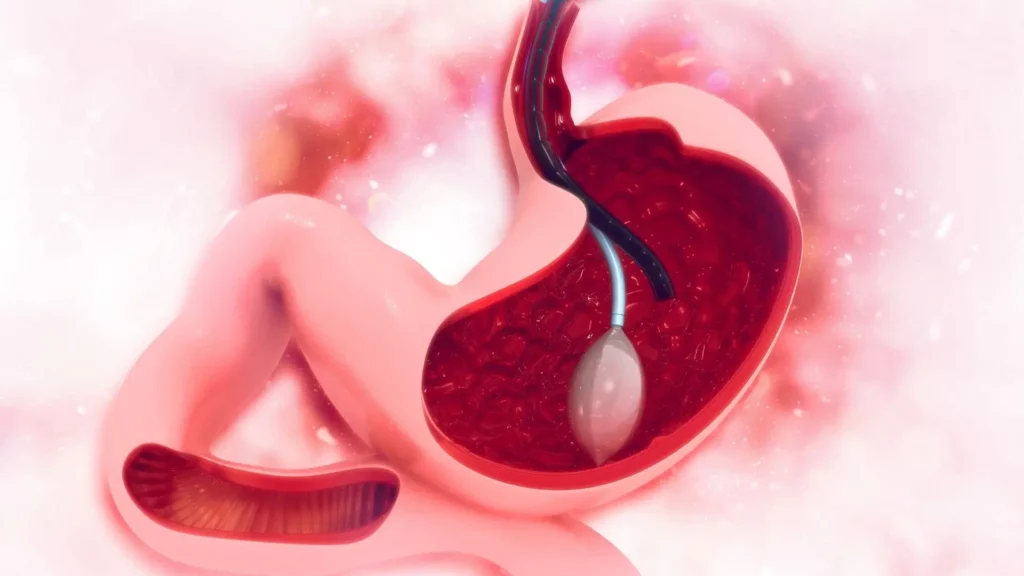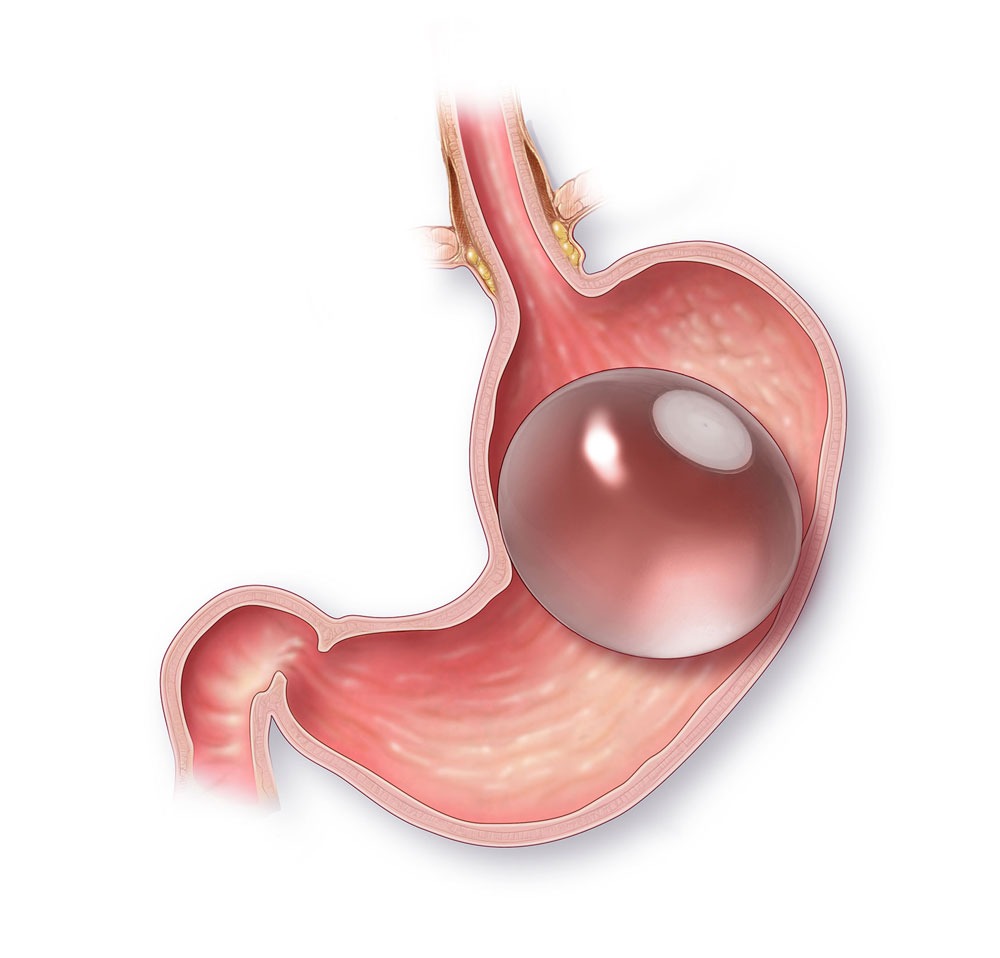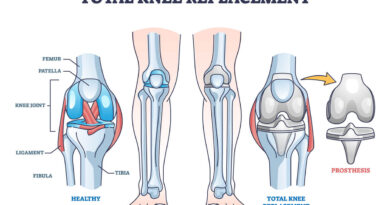Lose Weight With The Only Adjustable Gastric Balloon System
The Adjustable Gastric Balloon System is the only FDA-approved system for weight loss that can be inserted under sedation in an outpatient office. It works by increasing satiety through a third of your stomach volume and decreasing the time it takes for food to leave your stomach.
The Spatz3 is an intragastric balloon that consists of three parts: the spherical silicone-filled balloon, a thin filling catheter with a valve, and a flexible inflation tube that can be inflated or deflated in the gastrointestinal tract to adjust intragastric volume.
How It Works
The Only Adjustable Gastric Balloon System is a non-surgical weight loss solution. It uses a soft silicone balloon that can be inserted into your stomach, allowing you to lose up to 70lbs* without surgery!
The balloon can be placed endoscopically (via a tube) or swallowed. Once it is placed in your stomach, you can begin a six month program to help you lose weight.
Once the balloon is positioned in your stomach, it creates a feeling of fullness and slows down your digestion. It also encourages you to eat smaller portions of food, which helps to curb your impulsive eating habits.
In addition, the intra-gastric balloon also reduces your ghrelin levels which can lead to weight loss. This is backed up by several studies which show that the ghrelin level decreases after an intra-gastric balloon is inflated.
The trend is towards non-invasive treatment methods to combat obesity. Intra-gastric balloons are a valuable adjunct to weight loss in many patients who may not qualify for surgery. However, it is important that judicious research is carried out to ensure that these devices are safe and effective.
How Does An Adjustable Gastric Balloon Work?
A gastric balloon works much like the Lap Band and other bariatric surgeries, but it is noninvasive. It is inserted endoscopically (through the esophagus) and inflated with saline to restrict food consumption.
After six months, the balloon is removed from your stomach. This fully reversible, outpatient procedure takes only 20 minutes.
In the initial phase of a gastric balloon placement, patients may experience nausea and vomiting, but these side effects are temporary. You will be prescribed medication to help manage them.
The adjustment process allows your doctor to decrease or increase the saline volume of the gastric balloon. This can help you overcome balloon intolerance, boost weight loss and improve your overall experience.
Adjustable systems are also helpful for patients who lose weight in the first month, but then stall or stop losing weight. Adding additional fluid to the balloon will encourage similar levels of weight loss in the coming months.
What Weight is Ideal For the Gastric Balloon?
If you’re obese and have tried and failed to lose weight with diet and exercise, you might be a candidate for gastric balloon surgery. This procedure is for people who have a body mass index (BMI) of 30 to 40 or who have obesity-related health problems such as diabetes, high blood pressure, fatty liver disease or sleep apnea.
You’ll swallow a capsule that contains a small balloon which is placed in your stomach. This balloon will remain in your stomach for about a month, during which time your appetite will decrease and you’ll feel fuller after eating less food.
However, you may experience nausea and vomiting in the first few days after insertion of the balloon. This is normal and should resolve within a few days.
You’ll be advised to keep your fluids down and to avoid any foods or drinks that irritate the stomach. This is particularly important for reducing acid reflux symptoms. You will also need to take regular Prilosec or similar anti-reflux medication. Your supervising clinician will discuss this with you.
What is the Price of a Gastric Balloon?
A gastric balloon is a non-surgical weight loss option that can help people with obesity lose weight and improve their health. The procedure takes just 15 minutes under a mild sedative and patients can go home the same day.
This temporary weight loss program helps patients develop new eating habits and healthy lifestyle behaviors that they can continue after their balloon is removed. The program is effective in helping patients learn to portion control, eat a healthy diet and exercise on a regular basis.
The cost of a gastric balloon weight loss program is not covered by insurance, but many doctors offer financing options. This will help patients spread the cost over time and afford their treatment.
If you are interested in learning more about the cost of a gastric balloon, contact a doctor near you. They will be able to provide you with more information about the cost and determine whether or not it is right for you.

What Happens If the Gastric Balloon Bursts?
A gastric balloon is a non-invasive weight loss device that reduces stomach size. It helps patients lose weight by reducing hunger pangs and helping them feel full more quickly.
The gastric balloon is inserted into the stomach and filled with a solution of salt water until it has the correct volume. Then the balloon is deflated.
If the balloon ruptures whilst in the stomach, this is rare and usually does not cause any problems. If this happens the patient should immediately contact their doctor for further advice.
Another possibility is a leakage of fluid inside the balloon due to bacterial overgrowth. This can lead to nausea and vomiting.
It may also irritate the stomach wall and cause griping pains. It is best to use a liquid diet to minimize these symptoms until they go away naturally.
Symptoms from the balloon should settle within 48 hours and patients should return to normal eating habits. Patients should drink plenty of water to keep hydrated.
What is Inside the Gastric Balloon?
If you have a BMI of 30-40, or if you have medical problems related to your obesity such as sleep apnoea (your breathing stops for 10 seconds or longer during sleep) or type 2 diabetes, a gastric balloon may be able to help you achieve long-term weight loss.
After your doctor has placed the balloon, you will need to follow a program that includes a healthy diet and exercise for six months. This will be followed by a six-month period without the balloon in your stomach.
You will be given lansoprazole while you have the balloon to reduce stomach acid and prevent stomach ulcers from forming. You will need to take this medication for the whole time that you have your balloon.
You should be able to eat most foods that you normally do, provided you eat slowly and chew your food well. However, you should be aware that certain foods may stick to the balloon, such as bread and pasta. This can cause bad-smelling belching and heartburn. To avoid this, make sure you have a glass of water after each meal to cleanse your balloon and remove any sticky residue.
How Should the Gastric Balloon be Removed?
Over the first 6 months with your gastric balloon, you’ve lost weight and made changes to your diet. Now it’s time to start the journey to maintain your weight loss.
In this 6 month period, you’ll be learning new eating habits, such as smaller portion sizes and a lower calorie diet. This training will help you develop the healthy habits that will keep you slim and feeling good for a lifetime.
After the first six months, your gastroenterologist will remove your gastric balloon. The procedure is performed using endoscopic equipment and takes less than 30 minutes.
Before the removal, you should not eat or drink solid food for at least 48 hours. This will help to settle your stomach and prepare the balloon for removal.
You should also arrange for a ride home after the procedure. This is because you will be given a mild sedative before the procedure.
How is the Gastric Balloon Removed?
The gastric balloon is removed through a procedure called endoscopy. Your consultant will numb your throat with local anaesthetic spray, and insert a thin flexible telescope (endoscope) into your stomach. They’ll then puncture the balloon with a special tool before pulling it out through your mouth.
The removal procedure should be painless and only take about 15 minutes, but you may also receive a sedative to help you relax. You’ll need to be on a semi-liquid diet for three days before your appointment and you’ll also need to consume liquids only the day before the removal to make sure your stomach is empty.
After your gastric balloon has been removed, you’ll be supported with coaching from our team of professional nutritionists and exercise consultants to ensure your new habits are sustainable. We’ll work with you to create a lifestyle plan that fits your unique needs, and provide guidance and support for six months following the removal of your gastric balloon.
In addition to following your diet and exercise plan, you’ll need to be aware that the balloon reduces the size of your stomach, so you might feel more hungry between meals. However, your weight loss progress will continue to improve as you learn healthy eating habits and stay consistent with the changes you’ve made.
People Also Ask:
If you’re overweight or obese and haven’t been successful with dieting or exercise, a gastric balloon may be right for you. This procedure is minimally invasive and requires no surgery.
A gastric balloon works by filling less than half of your stomach and slowing down the passage of food and liquids, making you feel full sooner. This helps you lose weight and maintain your weight loss for the long term.

What is an adjustable gastric balloon?
For patients looking for a safe, effective non-surgical way to lose weight, an adjustable gastric balloon can be an ideal solution. It is an intragastric device that can be inserted during a short, invasive outpatient procedure and then removed after 12 months.
Gastric balloons help induce weight loss by reducing appetite and slowing the emptying of the stomach, which increases satiety and reduces food intake. These benefits make balloons a great option for individuals who have tried diet and exercise and aren’t losing the desired results.
The Spatz3 Adjustable Gastric Balloon System is the only intra-gastric balloon that can be adjusted for optimal weight loss after insertion. This allows your doctor to increase or decrease the balloon’s volume to improve its effectiveness as your weight loss progresses or to alleviate symptoms of balloon intolerance.
While this may sound like a minor detail, it can actually have a major impact on the success of your weight loss journey. Without this adjustment feature, it is very easy to become intolerant to the balloon and have your procedure prematurely removed. With the adjustable design of the Spatz3, your doctor can reduce the balloon size to alleviate these symptoms, allowing you to complete your treatment and reach your weight loss goals.
In addition, because the Spatz3 is a fluid-filled intra-gastric balloon, it has been shown to be less likely to deflate than air-filled devices. This helps ensure a long, stable implantation and decreases the risk of bowel migration due to deflation.
With the Spatz3, your doctor can also reduce the saline amount in the balloon if your weight loss stalls. This saline reduction can help jump-start your weight loss and allow you to keep it off, as your body adjusts to its new size.
A fully reversible, non-surgical weight loss procedure, the Spatz3 is the only gastric balloon that can be adjusted by your physician, resulting in a safer and more successful experience for you. This is because the system has a unique insertion facilitator that helps your physician ease the insertion process, ensuring your safety and providing for a faster, easier procedure.
How long does a weight loss balloon last?
A gastric balloon is an effective way to lose weight and help you keep it off for good. The gastric balloon is designed to stay in your stomach for about 6 months, which gives you time to learn to eat smaller portions and adopt healthy habits.
The initial insertion of the balloon is a minimally-invasive outpatient procedure. You will be under sedation for the procedure, and the doctor will insert an endoscope (a thin tube) down your throat and into your stomach to place the balloon. The device is filled with a saline solution that will occupy about 60% of the stomach’s space. This helps you feel fuller after eating small meals and maintain that feeling of fullness for longer.
Immediately following the placement, you are placed on a liquid diet to limit your appetite. This may cause you to lose a lot of weight in the first week, but it will slow down afterward. You should be able to resume regular eating after a week, and should feel normal within two weeks.
Your doctor or nutritionist will also provide you with tips and tricks for surviving the first few days after your balloon insertion. This includes eating slowly, consuming small, frequent meals and taking a glass of water after each meal to cleanse the balloon.
When you are regaining your strength, it is important to continue with a nutrient-rich diet and to get plenty of exercise. These healthy habits will help you maintain your weight loss long term and prevent you from gaining the pounds back once the balloon is removed.
In a few months, you will have lost enough weight for your doctor to remove the balloon. This is a very simple procedure, and you should be able to return to your normal diet quickly.
You will have a follow-up appointment with your doctor to discuss your health and the progress of your weight loss. During this meeting, your doctor will review the results of the weight loss balloon and answer any questions you have.
A weight loss balloon is a temporary weight-loss tool that can help you lose up to three times more weight than you would with diet and exercise alone. However, it is not a permanent solution unless you make the commitment to continue with your new diet and lifestyle.
Is gastric balloon a good idea?
A gastric balloon is a non-surgical weight loss procedure that can help you lose weight and keep it off. It is a safe option for many people who want to lose weight, but have been unsuccessful with other methods.
It is not right for everyone, and you must be committed to maintaining your weight loss long term. For example, you must follow a diet with healthy, nutrient-rich foods and exercise regularly. You may also need to take multivitamins and calcium supplements while the balloon is in place.
Having a gastric balloon placed is not recommended for patients with inflammatory gastrointestinal diseases, such as ulcerative colitis or Crohn’s disease. It’s also not a good choice for anyone who has had previous bariatric surgery or is on blood thinners.
Before you choose to have a gastric balloon placed, you must talk with your doctor about your medical history and current health. They may also ask about your lifestyle and eating habits.
To qualify for a gastric balloon, you must have a body mass index (BMI) between 30 and 40, and you must be unable to lose sufficient weight through diet and exercise. You may also have one or more obesity-related conditions, such as type 2 diabetes, high blood pressure or sleep apnea.
You will have a minimally invasive, outpatient procedure to insert the gastric balloon with an endoscope. This takes about 15 to 20 minutes, and you will be able to go home that same day.
After the gastric balloon is placed, you will have regular checkups to monitor your progress and ensure your safety. Your care team will also give you ongoing support by phone and email to help you maintain your new, healthier lifestyle.
You will also learn how to eat more slowly and chew food well, which will make it easier for you to feel full. You’ll also get a customized, nutrition-rich diet to help you succeed with your weight loss goals. This includes guidance from the Orbera(r) team about how to build healthy habits that will stay with you forever.
How painful is a gastric balloon?
The insertion of a gastric balloon is minimally invasive and is performed under an endoscope (a thin, flexible tube), which is placed into your stomach by a trained and experienced gastrointestinal specialist. The saline-filled balloon will occupy space in your stomach, making it easier for you to feel full and less hungry after meals.
Your body may react negatively to the presence of a balloon, which can cause nausea and vomiting, but these symptoms usually go away in a week or two. Your Specialist will prescribe medication to help you with these side effects.
You will need to avoid all food and drink for 12 hours before the procedure and six hours after. This is to make sure you are not nauseous when your balloon is inserted or removed.
During the procedure, a mild sedative is given to you, and the doctor will also give you an anti-nausea medicine. It is important that someone you trust takes you home after the procedure.
In addition, you can expect to experience a few side effects after the balloon is placed, such as reflux, which occurs when food or liquid from the balloon enters the gullet, causing heartburn. This is very common during the first few days after the balloon is inserted, and can be controlled with the use of acid-reflux medications.
You can also expect to have some burps and smelly breath after the insertion of the balloon, which can be relieved with clear fluids or sucking on ice cubes. If you notice any changes in your breath or odor, let your doctor know immediately so that they can take steps to prevent them from happening again.
Finally, you will need to follow a liquid diet for the first few weeks after your balloon is placed. Once you have adjusted to your new stomach, you will be able to return to regular eating patterns.
While gastric balloons do not result in long-term weight loss, they can be helpful if you have tried to lose weight with diet and exercise and have been unsuccessful. As with any weight loss program, a healthy diet and exercise routine is essential to achieve and maintaining your desired weight.
Visit our site: News Infowars




